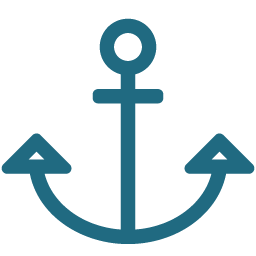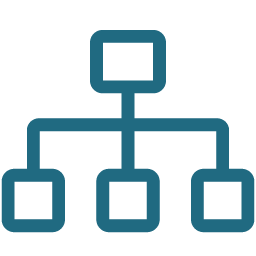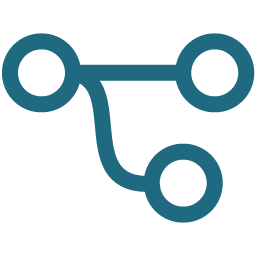
The complexity of shipbuilding makes change management one of the most complicated activities we face in shipbuilding. When working with sister ships, that challenge is compounded. Understanding what changes an activity like an Engineering Change Order (ECO) has resulted in – as changes happen concurrently – and moving the correct information to all the diverse stakeholders in a format they can consume and use to make decisions, are the key change management challenges your organization needs to tackle.
Understanding Changes by Activity
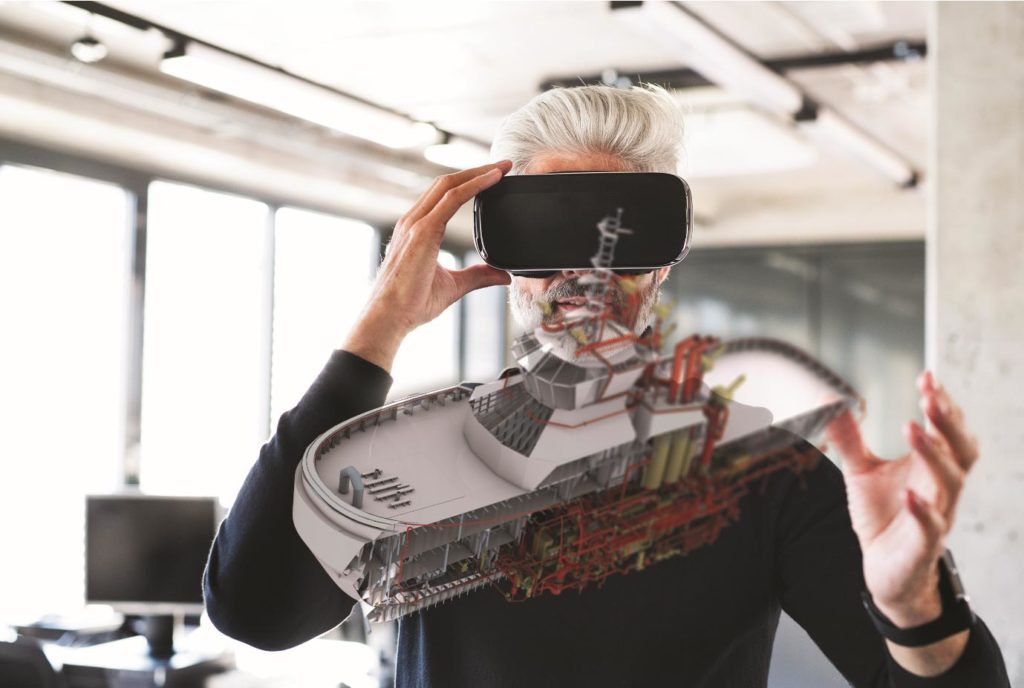
Whenever a required activity is defined, whether that is an engineering required action (modeling a system within a specific unit) or ECO, it’s crucial to capture all the necessary actions within a single task. When these required activities are captured as ShipConstructor Tasks, it becomes possible to understand precisely what is being changed and by whom.
Often it can be a struggle to understand exactly what parts, spools, drawings, assemblies, nest tapes, etc. have been modified, created, and deleted to complete any specific change. Grouping those individual changes in one place results in an overall picture of what has already been done and what still needs to be changed.
The complexity of our industry makes change management one of the most complicated and critical activities we face in shipbuilding.
DENIS MORAIS, CEO
Understanding Changes Across Departments
The reality is that there are far more people that need to see what has changed than just those directly involved. The best way to communicate the change to each stakeholder also depends on the stakeholder who is consuming the information. Each stakeholder will ideally want to see the information in a format that they can consume and make sense of. It will, and should, be different across departments and individuals.
To illustrate a few examples:
- Purchasing will want to see a BOM list of all the parts created, deleted, and modified along with the corresponding attributes (such as catalog item).
- The weight engineer will want a list of parts per SWBS that was created, deleted, and modified along with their corresponding weight information.
- The production floor may want to see the changes to the shop floor documents and corresponding CNC files.
- Other departments may want to see a 3D visual of the parts that have changed so they can quickly understand the impact of the change on their activities.
Being able to automatically generate any information, in any consumable format, is key to helping ensure that everyone who needs to be involved with a change is taking advantage of the right information at the right time.
Even the ability to seamlessly generate an interactive 3D visual, that allows anyone to instantly see what has changed, represents a hugely beneficial way of communicating change.
Communicating Changes Across Departments
A good change management strategy will support the distribution of information to a diverse set of stakeholders on time and in a way that can be easily consumed. With the ongoing reality of concurrent changes, it’s also crucial that the context of each change be communicated. However, not every stakeholder will require information at the same time or needs to be notified of every single individual change. The Information Platform (ShipbuildingPLM in our world), responsible for the generation and communication of these changes, needs to be flexible enough to support a virtually limitless combination of stakeholder needs, data inputs, and information outputs.
By ensuring that the Information Platform connects with every other system within your organization as a first-class citizen, the correlation, generation, and delivery of information are invisible to every end-user. This open platform-of-platforms approach means that you can pass different representations of the changed information to the platform depending on your requirements.
For example:
- STEP files.
- PDFs of deliverable drawings.
- Images in formats like PNG.
- A representation of each part.
- 3D interactive visual representation.
Achieving this flexibility and clarity surrounding change management was one of the key driving factors behind Ingalls Shipbuilding’s transition to a shipbuilding specific PLM solution. The post-PLM workflow below illustrates the reduction in the number of manual activities required to execute and communicate a change.
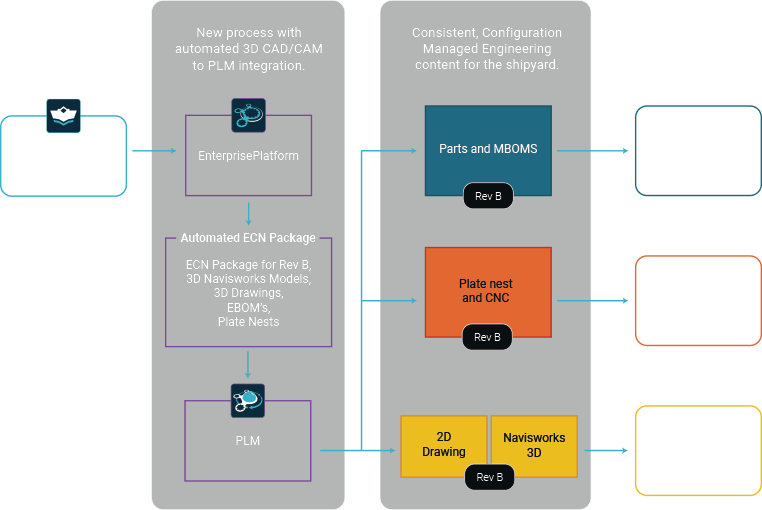
Getting a Handle on Change
Change is a constant within our industry, particularly when projects are of the scale that your organization takes on. When everyone can understand the changes they’re responsible for, has visibility into the concurrent changes occurring, can work with the latest information, and can send a change downstream to any other system, better, more informed decision-making emerges across the entire organization.
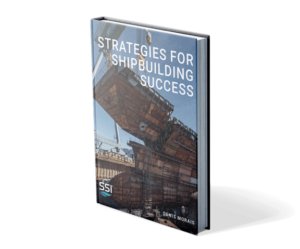
Get access to the full eBook
There is no single secret to success in the shipbuilding industry. However, there are some universal truths. In this eBook, SSI’s CEO Denis Morais outlines five key areas that forward-thinking shipbuilders need to focus on to see long-term shipbuilding success.


